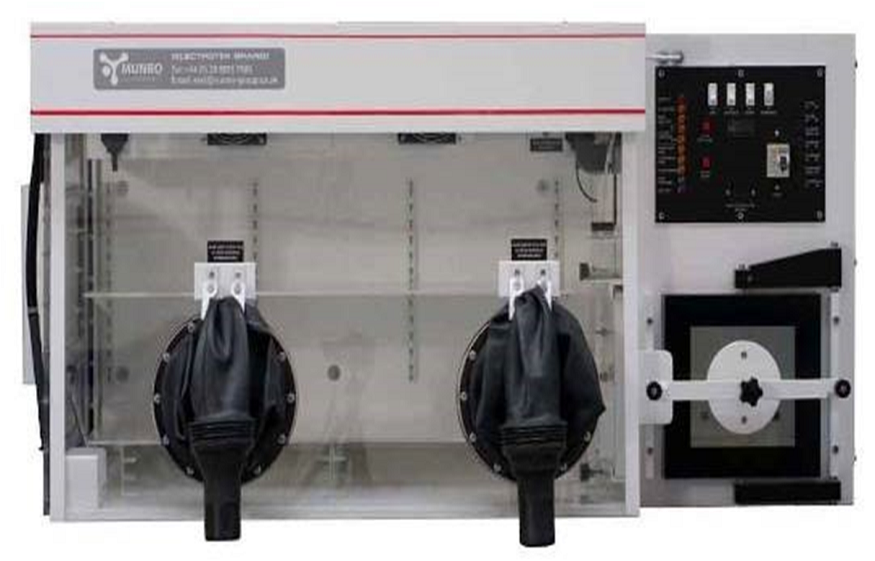Are enclosed, oxygen-free environments used to handle sensitive or hazardous materials that are susceptible to oxidation or contamination. Hospitals, universities, and research institutes all rely on anaerobic chambers for a variety of reasons, including to support microbial research and cultivate cell lines. In this article, we will delve into the reasons why anaerobic chambers are essential in these settings.
What are Anaerobic Chambers?
Before delving into the benefits of Anaerobic Chambers, let’s first understand what they are. Anaerobic chambers are enclosed, oxygen-free environments used to handle materials that require a low-oxygen or oxygen-free environment to remain stable or avoid contamination. The chamber is equipped with gloves that allow users to manipulate the contents of the chamber while maintaining a sterile environment. The air inside the chamber is replaced with an inert gas, such as nitrogen or argon, to minimize oxidation and prevent contamination from airborne microbes.
Benefits of Anaerobic Chambers in Hospitals
Hospitals use anaerobic chambers to study anaerobic bacteria, which are bacteria that thrive in oxygen-free environments. Anaerobic bacteria can cause severe infections, particularly in immuno compromised patients. By using anaerobic chambers, hospitals can safely study these bacteria without risk of contamination. they are also used to manipulate and culture cell lines, which are used to study disease and develop treatments.
Benefits of Anaerobic Chambers in Universities
Universities use anaerobic chambers in a similar manner to hospitals, but with a focus on research. Anaerobic chambers allow researchers to manipulate sensitive materials without exposure to oxygen or other contaminants. This is particularly important when working with microorganisms, such as bacteria or fungi, that are difficult to grow in a traditional laboratory setting.
They are also used to cultivate cell lines, which are used in a variety of research applications, including the development of cancer treatments and the study of genetic disorders.
Benefits of Anaerobic Chambers in Research Institutes
Research institutes rely heavily on anaerobic chambers to support their research efforts. Anaerobic chambers are used to study microbial communities and the interactions between different organisms. They are also used to cultivate cell lines, particularly those used in the development of new drugs or treatments.
They are also used to study the effects of environmental factors on microorganisms. For example, researchers may use anaerobic chambers to study the impact of temperature or pH on microbial growth.
How Anaerobic Chambers Work
Anaerobic chambers work by replacing the air inside the chamber with an inert gas, such as nitrogen or argon. The chamber is equipped with gloves that allow users to manipulate the contents of the chamber while maintaining a sterile environment. The chamber may also be equipped with a variety of tools, including pipettes and centrifuges, to allow for the manipulation of sensitive materials.









